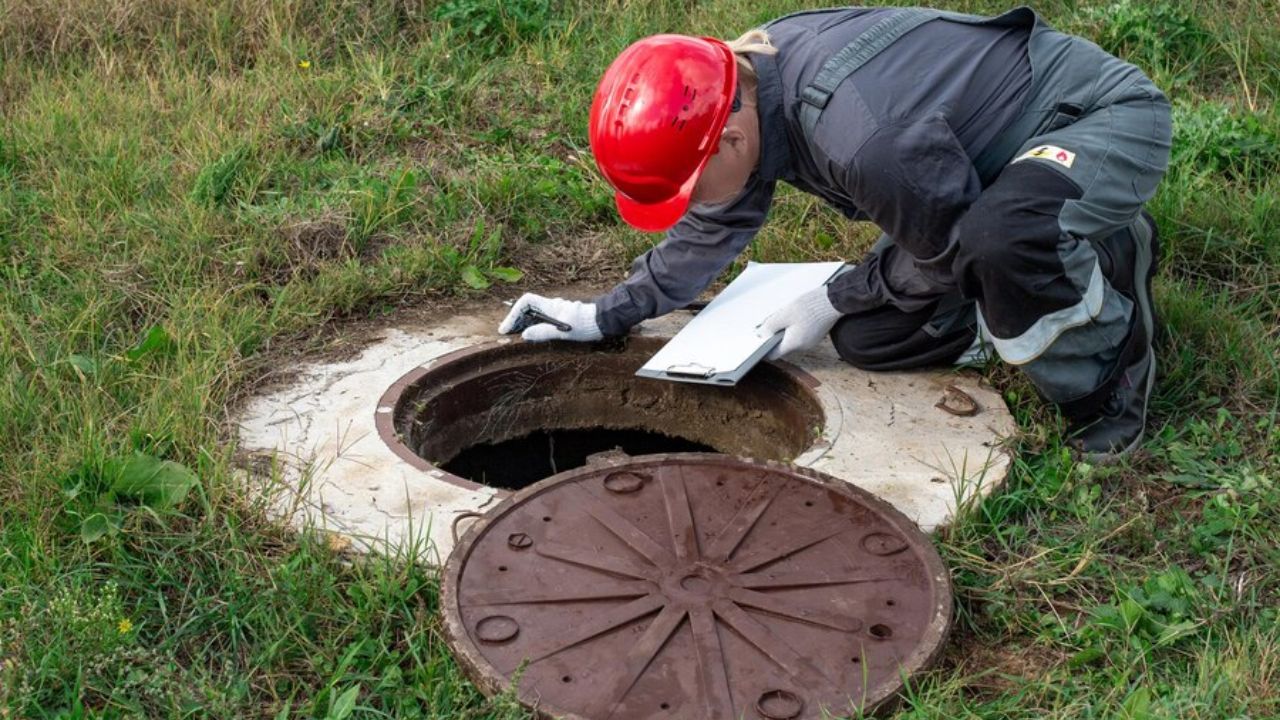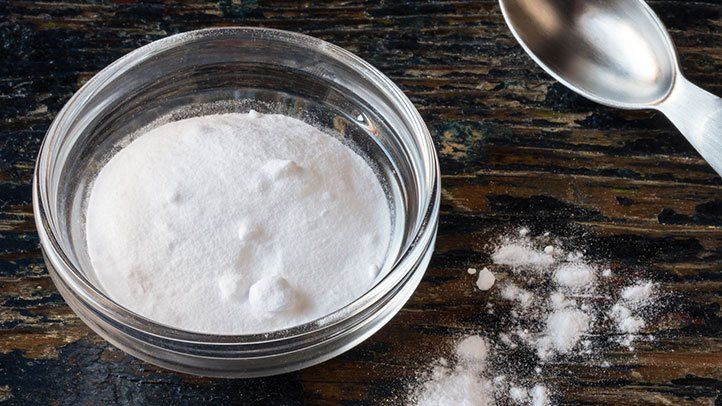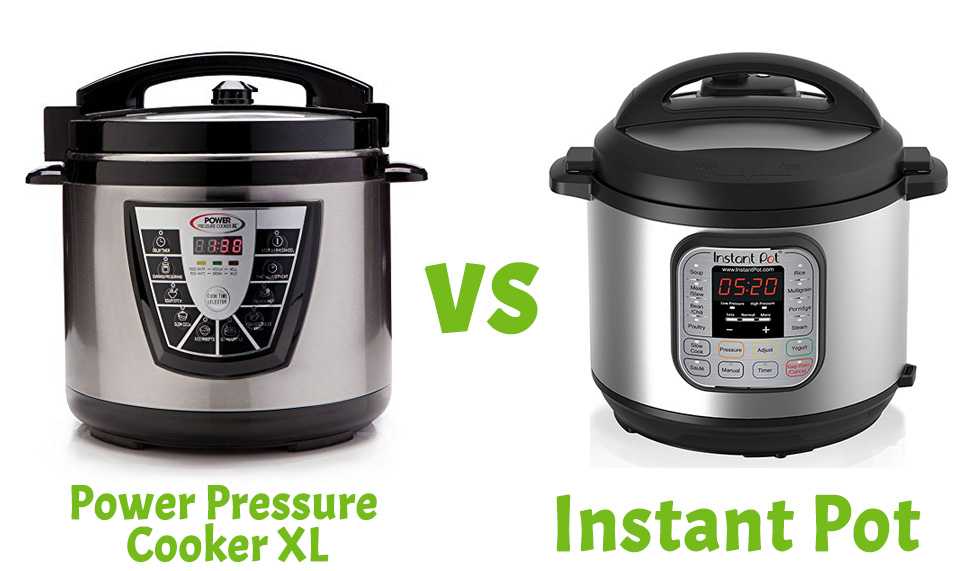In the battle against stubborn toilet bowl stains, conquering the challenge requires the right strategies and tools. This article delves into effective methods to bid farewell to those persistent stains, offering practical tips for a gleaming, stain-free toilet bowl.
Table of contents
How to Remove Stubborn Stain From Toilet Bowl
To tackle stubborn stains in a toilet bowl effectively, you’ll need a combination of targeted cleaners, tools, and a bit of elbow grease. Here’s a comprehensive guide to help you achieve a pristine toilet bowl:
Assess the Stain:
Before diving in, identify the type of stain. Common culprits include mineral deposits, hard water stains, or rust. Knowing what you’re dealing with will guide your choice of cleaning agents.
Use a Pumice Stone:
For mineral deposits and hard water stains, a pumice stone can be highly effective. Gently scrub the stained areas with the wet stone. Ensure the bowl and the stone are wet to avoid scratching the porcelain.
Natural Cleaners:
Lemon juice and baking soda are excellent natural cleaners. Create a paste by mixing them, then apply it to the stain. Let it sit for at least 15-20 minutes before scrubbing with a toilet brush.
Commercial Cleaners:
Various commercial cleaners are formulated to combat tough toilet stains. Choose one that targets the specific stain you’re dealing with. Follow the manufacturer’s instructions for application and safety precautions.
Vinegar Soak:
For rust stains, soak a cloth or paper towel in vinegar and place it on the stain. Let it sit for a few hours or overnight. The acidic properties of vinegar can help dissolve rust stains.
Toilet Bowl Brush:
Invest in a good-quality toilet bowl brush with sturdy bristles. Regularly scrubbing the bowl, especially focusing on stained areas, can prevent buildup and gradually reduce the intensity of stains.
Flush and Repeat:
After applying a cleaning agent, flush the toilet and assess the stain. Repeat the process as necessary, being patient, as some stubborn stains may require multiple attempts.
Preventive Measures:
Once the stain is removed, consider preventive measures. Install a water softener if hard water is an issue, or use toilet bowl tablets that help prevent stains from forming.
Safety Precautions:
When using cleaning agents, follow safety guidelines. Ventilate the bathroom, wear protective gloves, and avoid mixing different chemicals, as this can produce harmful fumes.
Consult a Professional:
If all else fails, or if you’re unsure about the type of stain, consult a professional plumber or cleaning service. They may have specialized tools or knowledge to address particularly stubborn stains.
Remember, persistence and the right tools are key to successfully removing stubborn toilet bowl stains. Tailor your approach based on the type of stain, and your efforts will be rewarded with a sparkling clean toilet bowl.
What Are The Special Commercial Cleansers Recommended For Tackling Hard Water Stains From Toilet Bowl
Acid-Based Cleaners:
Acidic cleaners are often effective against hard water stains due to their ability to dissolve mineral deposits. Look for cleaners containing hydrochloric acid or phosphoric acid. Ensure the product is safe for use on porcelain and follow any manufacturer guidelines.
Calcium, Lime, and Rust Removers:
Specifically formulated CLR (Calcium, Lime, Rust) cleaners are designed to combat hard water stains. They work by breaking down the minerals causing the stains. Always check compatibility with your toilet bowl material before use.
Gel-Based Cleaners:
Gel-based cleaners tend to cling better to vertical surfaces, allowing for better penetration of stains in the toilet bowl. This characteristic is advantageous for addressing hard water stains that often form below the waterline.
Application Method:
Read and Follow Instructions:
Before applying any cleaner, carefully read the instructions provided by the manufacturer. This includes recommended safety precautions and the appropriate amount of time the cleaner should be left in the bowl.
Wear Protective Gear:
Given the potentially harsh nature of some cleaners, wearing protective gear, such as gloves and eye protection, is advisable. Ensure the bathroom is well-ventilated during the cleaning process.
Empty the Bowl:
To maximize contact between the cleaner and the stains, flush the toilet to reduce the water level. This allows the cleaner to concentrate on the affected areas without dilution.
Apply and Scrub:
Apply the cleaner according to the instructions. Use a toilet brush with sturdy bristles to scrub the stained areas vigorously. Pay extra attention to the waterline and areas where mineral deposits are prominent.
Soak if Necessary:
For particularly stubborn stains, allow the cleaner to sit for an extended period. Some products recommend overnight application for optimal results. Be sure to follow the suggested duration without exceeding it.
Flush and Evaluate:
After scrubbing and soaking, flush the toilet to rinse away the cleaner. Assess the stain, and repeat the process if needed. Multiple applications may be required for deep-seated or persistent hard water stains.
Preventive Measures:
Consider using a water softener or installing a water conditioner to minimize the recurrence of hard water stains. Regular maintenance and periodic cleaning can also prevent the buildup of mineral deposits.
By selecting the right commercial cleaner and following a systematic application process, you can effectively combat hard water stains in your toilet bowl, restoring its cleanliness and luster.
Frequently Asked Questions
While some regular cleaners may help, it’s often more effective to use specialized cleaners designed to target mineral deposits. Look for products containing acids or formulated explicitly for tackling hard water stains.
Pumice stones are safe for use on porcelain toilets when wet, as they are less likely to scratch. However, it’s crucial to use gentle, controlled strokes to avoid any potential damage.
Follow the manufacturer’s instructions for the recommended duration. Typically, leaving the cleaner on for 15-20 minutes or as directed allows it to penetrate and dissolve hard water stains effectively.
Consider installing a water softener, using toilet bowl tablets designed to prevent stains, or regularly cleaning the bowl to minimize mineral deposit buildup. These measures can help prevent the recurrence of hard water stains.
Yes, natural remedies like a mixture of lemon juice and baking soda can be effective against stains. Additionally, vinegar and water solutions can help tackle rust stains. However, results may vary, and persistence in application may be necessary.
Conclusion
banishing stubborn stains from your toilet bowl requires a strategic approach. Whether opting for natural remedies or specialized cleaners, consistency and proper application techniques are key. By understanding the type of stain and employing the right tools, you can achieve a gleaming, stain-free toilet bowl and maintain a fresh and hygienic bathroom environment.
References
- greatist.com: How to clean toilet stains.
- maids.com: How to clean toilet bowl stains.





